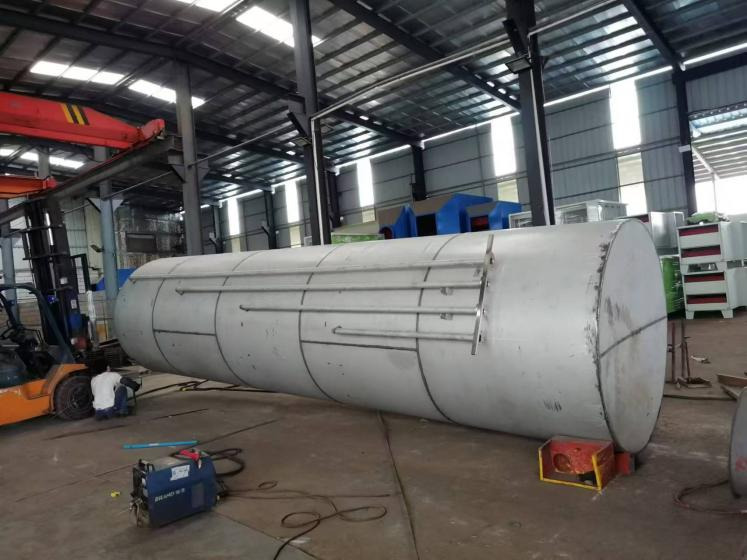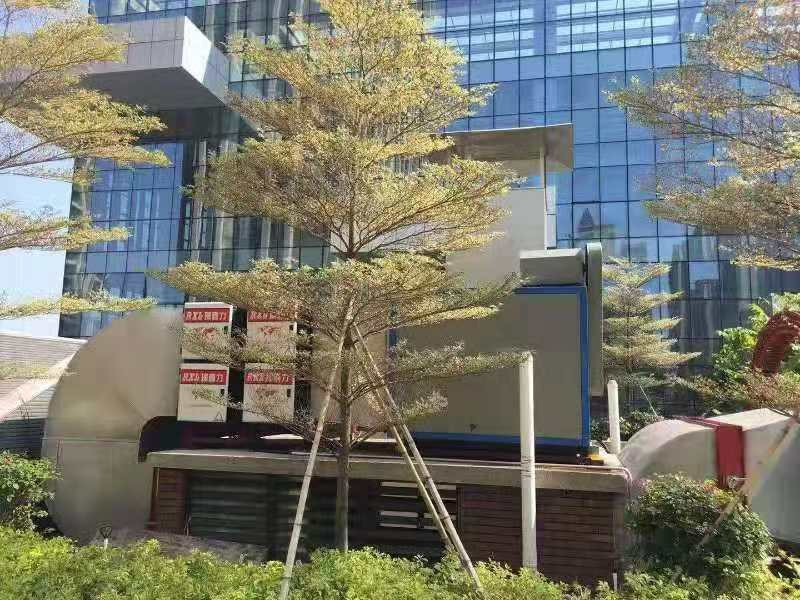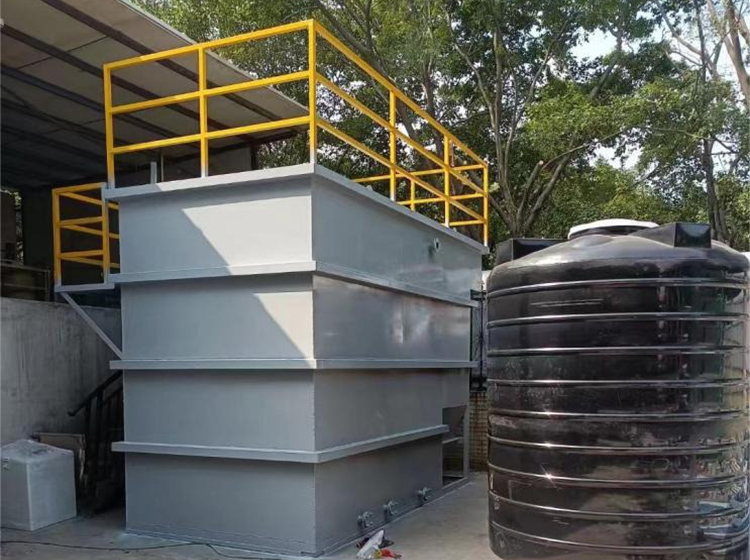Description of Spray Painting Waste Gas Treatment Process
Nowadays, people are very concerned about the treatment of waste gas generated by industrial production activities, because environmental pollution such as air pollution and water pollution is very serious, which brings great inconvenience to our production and life. The impact of the haze a few days ago on our lives is probably still remembered by everyone. Why is there haze? It is related to the worsening environmental pollution. Therefore, the treatment of spray paint exhaust gas needs to be taken seriously
Spray painting exhaust gas is generated during the spraying process, and liquid paint forms atomized dust particles and volatile organic hazardous substances such as triphenyl under the action of air pressure. The concentration is high, the particle size is small, and the vast majority is below 10 µ m. If not pretreated, it will quickly block the micropores of activated carbon. After being cleaned by a water curtain cabinet, the spray paint exhaust gas has a good cleaning and degradation effect on the paint mist. The exhaust gas enters the water spray exhaust gas treatment tower, and after further cleaning and treatment by the wet cyclone plate exhaust gas tower, it enters the photocatalytic deodorization equipment through a pressurized induced draft fan. It uses ultraviolet light to irradiate oxygen in the air to generate ozone, which absorbs ultraviolet light to generate oxygen radicals and oxygen. The oxygen radicals react with water vapor in the air to generate hydroxyl radicals, a stronger oxidant. After oxidation with organic exhaust gases such as alcohols, aldehydes, and carboxylic acids, they are oxidized into inorganic substances such as water and carbon dioxide, and then enter the activated carbon adsorber for adsorption. After purification, the exhaust gas is discharged into the atmosphere through pipelines to meet emission standards. To achieve the desired purification effect, after the exhaust gas is decomposed by photocatalytic deodorization equipment, there is a subsequent reaction time of 3-5 seconds.








